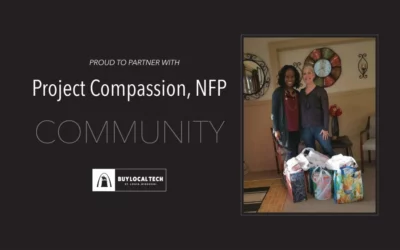GARTNER: MAGIC QUADRANT FOR SECURE EMAIL GATEWAYS
Market Definition/Description
Secure email gateways (SEGs) provide basic message transfer agent functions; inbound filtering of spam, phishing, malicious and marketing emails; and outbound data loss prevention (DLP) and email encryption.
The SEG market is mature. The penetration rate of commercial SEG solutions is close to 100% of enterprises. The market growth rate has leveled off to low-single digits, and there are no significant market entrants or acquisitions — all classic signs of a mature market. Despite the market maturity, companies can’t do without SEG solutions. Global spam and phishing will remain a persistent nuisance for the foreseeable future, and data protection concerns will fuel the growth in outbound controls.
Based on our analysis for this report, the SEG revenue from the Magic Quadrant vendors in 2014 was $1.3 billion, growing at 3% over 2013. We anticipate continued, low-single-digit growth (2% to 4%) for the overall market. Despite the low overall growth, we do see individual vendors that are taking market share.
Ancillary services, such as targeted attack prevention, data loss prevention and encryption, are the main drivers of growth, while traditional spam and virus-filtering subscription costs are flat to slightly down. The increase in suite bundling, especially with hosted mailboxes, will blur the SEG market, making future growth and market size difficult to identify. As more business goes to Microsoft Office 365 or Exchange online cloud mailboxes, it will effectively increase Microsoft’s SEG market share to the detriment mostly of niche vendors that lack market focus. Focused leaders should be able to keep and potentially grow market share due to market responsiveness on new threats such as phishing.


